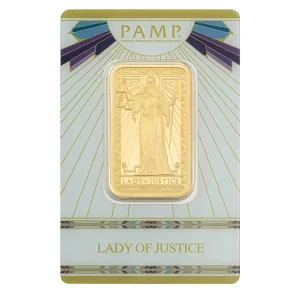Geologists collect ore samples to identify the ideal locations for businesses to mine as the first step in the process. The mining process can start once mining experts have determined where the gold is and what materials are around it. If the gold is found near to the surface, open-pit mining methods are used to extract it.
How is gold mined?
The majority of people have a limited understanding of the complexity of the gold mining process, which generally conjures up images of noisy, loud mining machinery or workers in hard hats labouring underground. There are four main ways to mine gold: Placer mining, hard rock mining, by-product mining and through processing gold ore.
- Placer Mining: By using metal detecting, panning, cradling, sluicing, and dredging, gold is extracted from placer deposits. The most popular type of gold mining for novice gold seekers uses gravity and water to separate the dense gold from the components that surround it.
- Hard rock mining: Most of the world’s gold is created via hard rock gold mining, which removes gold from rock rather than small pieces of loose silt. Sometimes open-pit mining is employed, like in the Fort Knox Mine in central Alaska. One of the biggest open-pit gold mines in North America is operated by Barrick Gold Corporation, and it is situated on the Goldstrike mine property in northeastern Nevada. In some gold mines, ore is extracted from the ground using tunnels or shafts. The world’s deepest hard rock gold mine, located in South Africa, may be found 3,900 meters (12,800 feet) underground. Air conditioning is essential for the employees’ safety because the heat is intolerable for humans at such depths.
- By-product gold mining : In mining, where it is not the principal product, gold is also produced. Large copper mines, like the Bingham Canyon mine in Utah, frequently recover significant amounts of gold and other metals along with copper. Some sand and gravel pits, like those near Denver, Colorado, may occasionally recover trace amounts of gold during their washing processes.The Grasberg mine in Papua, Indonesia, is primarily a copper mine and is the largest gold producer in the world.
- Gold ore processing:
[A] Cyanide Process:
In regions where fine gold-bearing rocks are present, cyanide extraction of gold may be used. Gold cyanide or silver cyanide solution is produced by combining sodium cyanide solution with finely powdered rock that has been found to contain gold or silver. To precipitate out any remaining zinc as well as the silver and gold metals, zinc is added. In general, silver or gold sludge is melted into an ingot and transported to a metals refinery for further processing into 99.9999 percent pure metals after the zinc is removed with sulfuric acid.
[B] Mercury Process :
Mercury has long been used extensively in placer gold mining to create mercury-gold amalgam with smaller gold particles, enhancing gold recovery rates. Large-scale mercury use came to an end in the 1960s. Mercury is still employed in gold prospecting, a practise that is frequently covert, in artisanal and small-scale gold mining (ASGM). According to estimates, 45,000 metric tonnes of mercury used in placer mining in California has not yet been recovered.
 Hi,
Hi,











